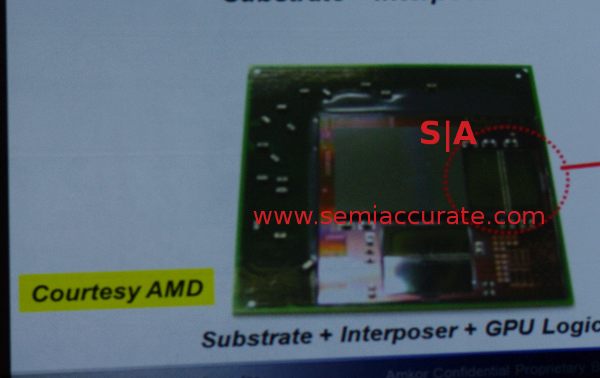Okay, so considering the A2 has most of it's area covered by identical small processors and their own cache (redundancy, any one or two disabled to improve yield), does the yield becomes practically only dependent of the critical non-redundant area? If we compare the cell die versus the A2 die, there's a gigantic reduction of the percentage of non-redundant area. The A2 could have an amazing yield even shrunk to a state-of-the-art process very early, so less waiting for the production to be mature.Yield due to defects is based on area; processes trend towards comparable yields as they mature.
Current chip is 360mm2 at 45nm, 200gflops DP (do we double that for SP?) at 1.6ghz, 55 watts. It could be 180mm2 at 28nm already, and clocked at 4ghz it could do 1 Tflops SP. It's almost an off-the-shelf part by IBM, so it doesn't cost much RnD from sony.



